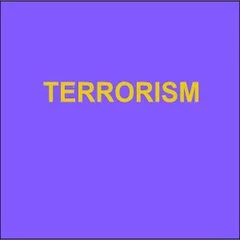by Heather J. Williams, Luke J. Matthews, Pauline Moore, Matthew A. DeNardo, James V. Marrone, Brian A. Jackson, William Marcellino, Todd C. Helmus
Racially and Ethnically Motivated Violent Extremism: The Basics
Racially and ethnically motivated violent extremism (REMVE) refers to a loosely organized movement of individuals and groups that espouse some combination of racist, anti-Semitic, xenophobic, Islamophobic, misogynistic, and homophobic ideology. REMVE actors see their race or ethnicity under threat and promote the use of or engage in violence against a given population group. The majority of REMVE actors are motivated by cultural nationalism or White supremacy—beliefs that Caucasian or "Aryan" peoples represent superior races, and that "White culture" is superior to other cultures. Many REMVE actors also are motivated by White nationalism, which overlaps with White supremacy: Adherents espouse the belief that the White race is superior to others, and White nationalism emphasizes defining a country or region by White racial identity and promoting the interests of White people exclusively and at the expense of non-White populations.
More-common terms related to REMVE include far-right extremism, right-wing terrorism, radical right, or extreme right, which are used more frequently in literature and by other countries. Although these terms are not synonymous, they are used somewhat interchangeably and often without precise definitions. These terms also can be applied to political parties and movements that participate in political systems and do not engage in violence directly, particularly in Europe, where many parliamentary systems have formal far-right parties that participate in elections.
The U.S. State Department commissioned the RAND Corporation to produce a comprehensive network analysis of the White Identity Terrorist Movement (WITM) and REMVE in response to a congressional requirement from the 2021 National Defense Authorization Act.[2] The analysis—which sought to identify key actors, organizations, and supporting infrastructure and the relationships and interactions between them—is intended to inform a U.S. government strategy to counter REMVE.
Rand. 2022. 8p.





















